 |
Image 01 Occupying 20,000 square kilometers, the Guge ruin lies about 1,450 kilometers south of Lhasa, Tibet at an altitude of 4,000 meters.
|
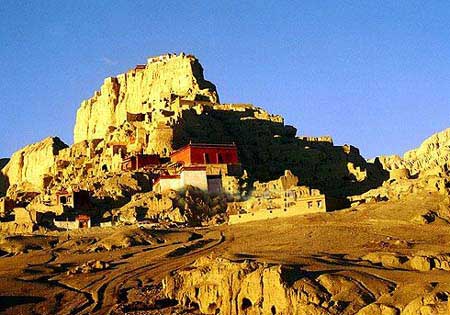 |
Image 02 Occupying 20,000 square kilometers, the Guge ruin lies about 1,450 kilometers south of Lhasa, Tibet at an altitude of 4,000 meters.
|
 |
Image 03 Occupying 20,000 square kilometers, the Guge ruin lies about 1,450 kilometers south of Lhasa, Tibet at an altitude of 4,000 meters.
|
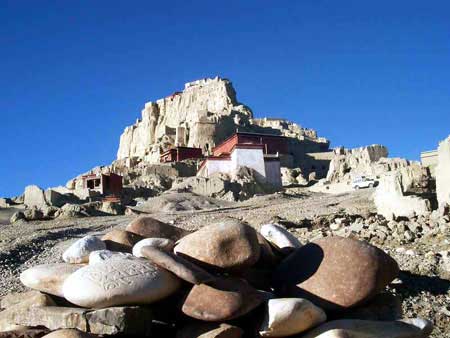 |
Image 04 Occupying 20,000 square kilometers, the Guge ruin lies about 1,450 kilometers south of Lhasa, Tibet at an altitude of 4,000 meters.
|
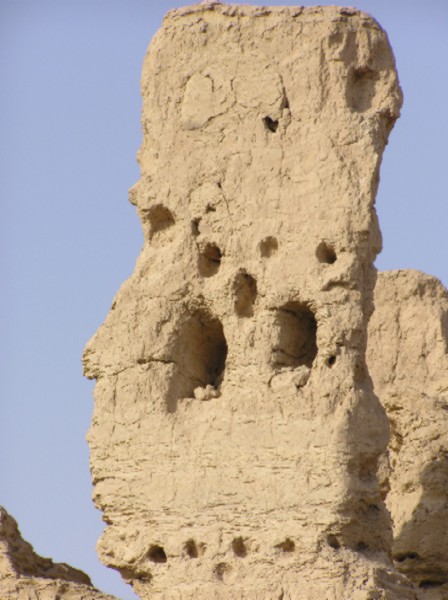 |
Image 05 The ancient city of Jiaohe, located in the Xinjiang Uygur Autonomous Region, was built with rammed earth and bricks 2300 years ago.
|
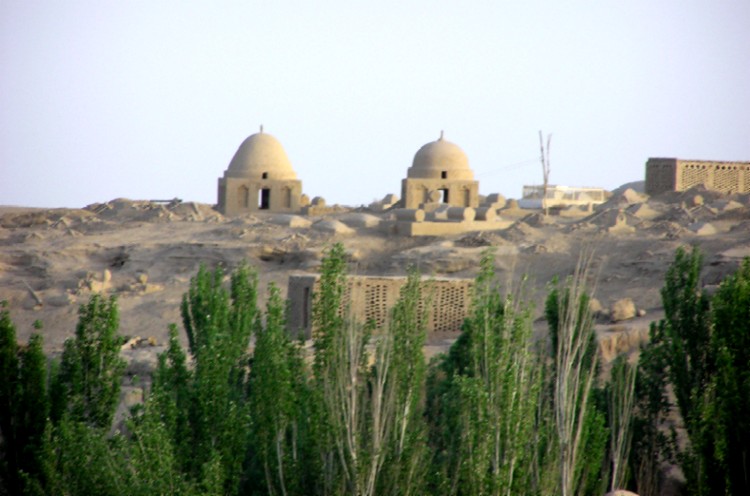 |
Image 06 The ancient city of Jiaohe, located in the Xinjiang Uygur Autonomous Region, was built with rammed earth and bricks 2300 years ago.
|
 |
Image 07 The ancient city of Jiaohe, located in the Xinjiang Uygur Autonomous Region, was built with rammed earth and bricks 2300 years ago.
|
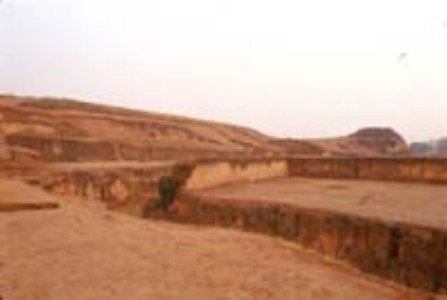 |
Image 08 The Daming Palace was the seat of powerful dynasties, and is one of the most outstanding monuments of the historic city of Xi'an in Shaanxi Province, the ancient capital of China. The palace was built mainly with rammed earth and wood. |
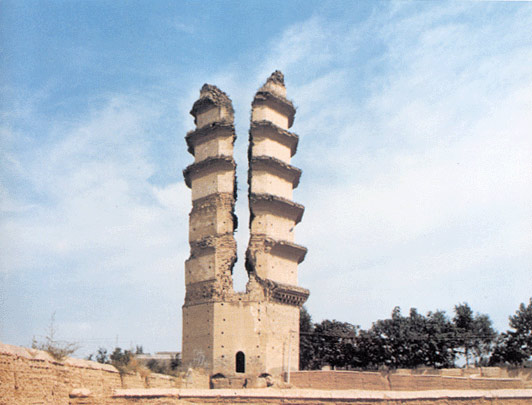 |
Image 09 Damaged in an 8.0 earthquake on September 25, 1303, Zhaocheng and Hongdong, Shanxi Province. |
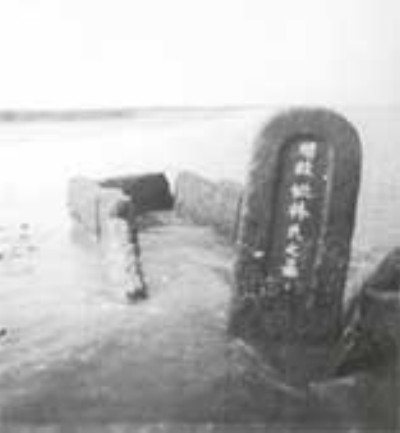 |
Image 10 The 7.2 magnitude earthquake was centered at Qiongshan in Hainan Province. The ground cracked and sand and water gushed out and the
fields were undercut more than 3 feet. Dozens of villages sank in Xinxi in the East of the county. |
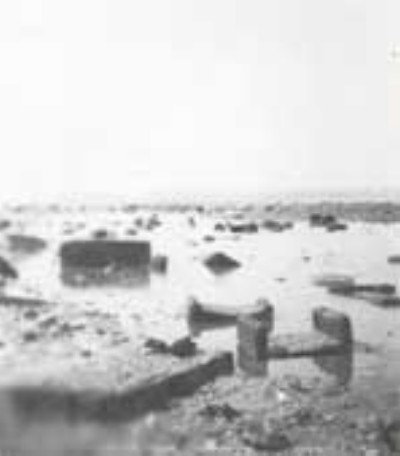 |
Image 11 The 7.2 magnitude earthquake was centered at Qiongshan in Hainan Province. The ground cracked and sand and water gushed out and the
fields were undercut more than 3 feet. Dozens of villages sank in Xinxi in the East of the county. |
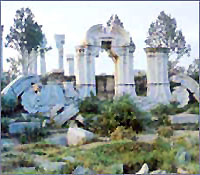 |
Image 12 Yuanmingyuan, or Garden of Perfection and Brightness, was built in 1709 as a Qing imperial garden. |
 |
Image 13 Ruins of the Great Wall in Dunhuang. |
 |
Image 14 Ruins of the Great Wall in Dunhuang. |
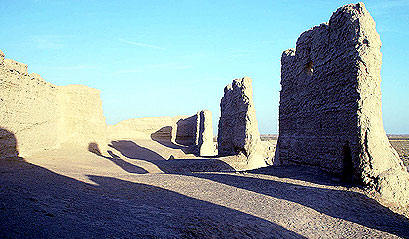 |
Image 15 Hecang Fortress along the Silk Road. |
| Ruins | ||||||||||||||
 01 |
 02 |
 03 |
 04 |
 05 |
 06 |
 07 |
 08 |
 09 |
 10 |
 11 |
 12 |
 13 |
 14 |
 15 |